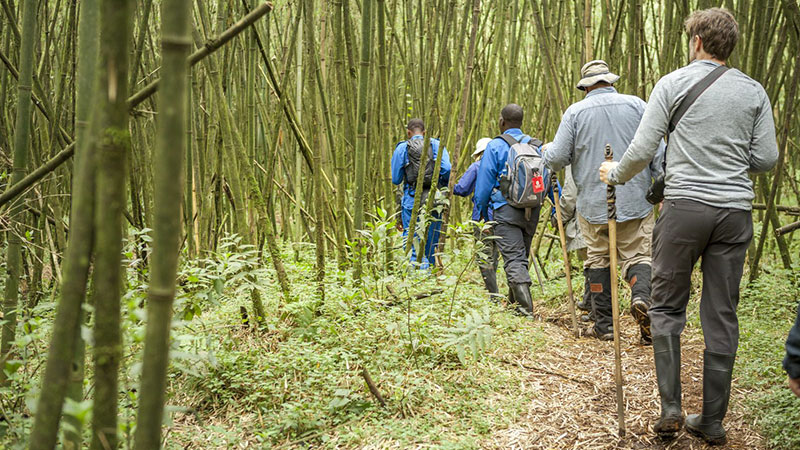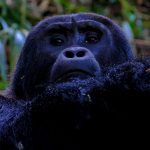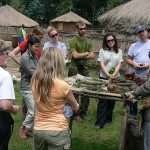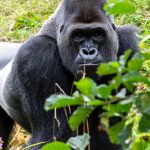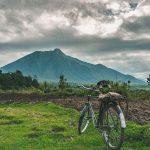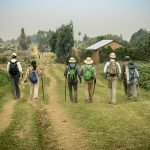What are Volcanoes travel guide; nestled in the heart of East Africa, Rwanda stands as a testament to nature’s resilience and beauty. One of the crown jewels of this picturesque country is the Volcanoes National Park, a haven for wildlife enthusiasts, adventure seekers, and nature lovers alike. This travel guide endeavors to provide a detailed exploration of the wonders that await visitors to this extraordinary destination.
Understanding the Geological Marvel
To embark on a journey to explore volcanoes, one must first grasp the fundamental concepts of volcanology. A travel guide should provide a concise yet comprehensive overview of the geological processes that give rise to these magnificent structures. Volcanoes National Park is situated in the northwest of Rwanda, sharing its borders with Uganda and the Democratic Republic of the Congo. This lush expanse encompasses a mesmerizing landscape characterized by towering volcanoes, dense bamboo forests, and rolling hills.
Practical Information for Travelers: To ensure a seamless and enjoyable visit to Volcanoes National Park, travelers should consider practical aspects such as accommodation, permits, and transportation. The park offers a range of lodging options, from luxury lodges to budget-friendly guesthouses, providing a comfortable base for exploration. Gorilla trekking permits are a necessity and should be secured in advance, as only a limited number are issued each day. Reliable transportation options, whether self-driving or through organized tours, are available for reaching the park from the capital city, Kigali
Safety Precautions: Safety is paramount when venturing into volcanic terrain. A comprehensive travel guide should include detailed information on safety precautions, emergency protocols, and essential gear. Topics such as gas masks for sulfur-rich environments, appropriate footwear, and protective clothing should be discussed to ensure travelers are well-prepared for the challenges posed by volcanic landscapes.
Immersive Experiences: Beyond the geological aspects, a travel guide to volcanoes national park should highlight opportunities for immersive experiences. This may include guided hikes, lava tube exploration, and cultural interactions with local communities living in the proximity of volcanoes. Moreover, the guide should delve into the unique flora and fauna that thrive in volcanic environments, offering travelers a holistic understanding of the ecosystems shaped by volcanic activity.
Conservation and Responsible Tourism: Promoting responsible tourism and environmental conservation is imperative in any travel guide. Visitors should be encouraged to respect the natural habitats surrounding volcanoes, follow designated trails, and minimize their environmental impact. The guide should also shed light on ongoing conservation efforts and initiatives, inspiring travelers to contribute positively to the preservation of these geological wonders.
Gorilla Trekking: Undoubtedly the crown jewel of a visit to Volcanoes National Park, gorilla trekking is an awe-inspiring and immersive experience. Visitors have the unique opportunity to hike through the lush forest, guided by experienced trackers, in search of one of the park’s habituated gorilla families. Upon finding them, travelers can spend a precious hour observing these incredible primates in their natural habitat. This activity not only provides an unforgettable wildlife encounter but also contributes to the vital conservation efforts aimed at protecting these endangered creatures.
In conclusion, Volcanoes National Park in Rwanda beckons adventurers with its unparalleled combination of natural beauty, wildlife diversity, and cultural richness. From awe-inspiring gorilla trekking experiences to encounters with golden monkeys and interactions with local communities, this travel guide aims to showcase the multifaceted wonders that make a journey to this corner of East Africa truly unforgettable. As travelers traverse the mist-covered hills and dense forests, they not only witness the marvels of nature but also become stewards of conservation, contributing to the preservation of this extraordinary ecosystem for generations to come.
